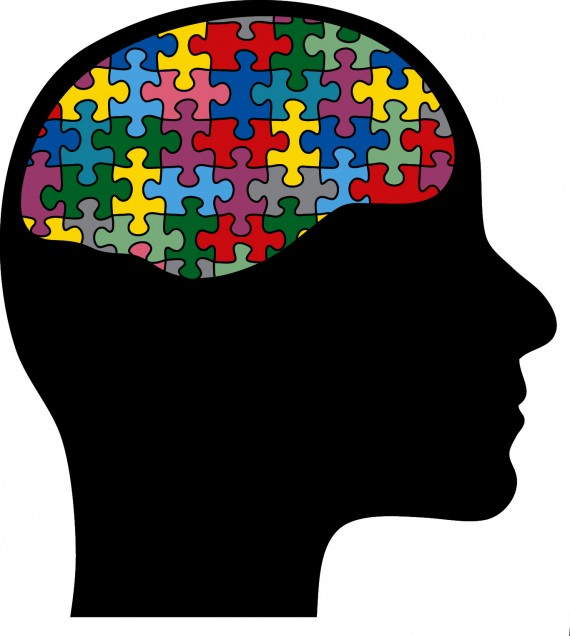Tagged: clinical diagnosis
New Research Suggests a Prenatal Cause and a Possible Treatment of Autism
For years, the brain of a child with autism has been a mystery. Doctors and parents wondered about the cause of autism, and it seemed that they would never get those answers. Autism is characterized on a spectrum with various expressions of difficulty with social interaction including difficulty with verbal and nonverbal communication. Children with ASD (Autism Spectrum Disorder, the official title of ‘autism’ after the May 2013 publication of the DSM-5) are associated with difficulties with motor coordination, attention, intellectual disabilities, and physical health problems like sleep and gastrointestinal problems. Autism is usually presented by age three and the process of diagnosing autism continues to change, according to the Autism Speaks foundation.
Dr. Thomas R. Insel, director of NIMH at the NIH says that “while autism is generally considered a developmental brain disorder, research has not identified a consistent or causative lesion.” The newest reports show that the architecture of the autistic brain is “speckled with patches of abnormal neurons.” In the study published in the New England Journal of Medicine, there is evidence that the brain irregularities of children with autism are due to abnormal prenatal development.
The Soundtrack of the Human Brain
Neuroscience researchers in China have created a method of transforming brainwaves into music by combining EEG and fMRI scans into sounds that are recognizable to human beings. The EEG adjusts the pitch and duration of a note, while the fMRI controls the intensity of the music. According to Jing Lu and his associated colleagues from the University of Electronic Science and Technology in China, this brain music, "embodies the workings of the brain as art, providing a platform for scientists and artists to work together to better understand the links between music and the human brain."
Applying EEG and fMRI data to make better music represents the limitless opportunities of the brain, potentially leading to improvements useful for research, clinical diagnosis or biofeedback therapy. In fact, researchers at the Department of Homeland Security's Science and Technology Directorate have already looked at a form of neuro-training called 'Brain Music', which uses music created from an individual's brain waves to help the individual move from an anxious state to a relaxed state.
